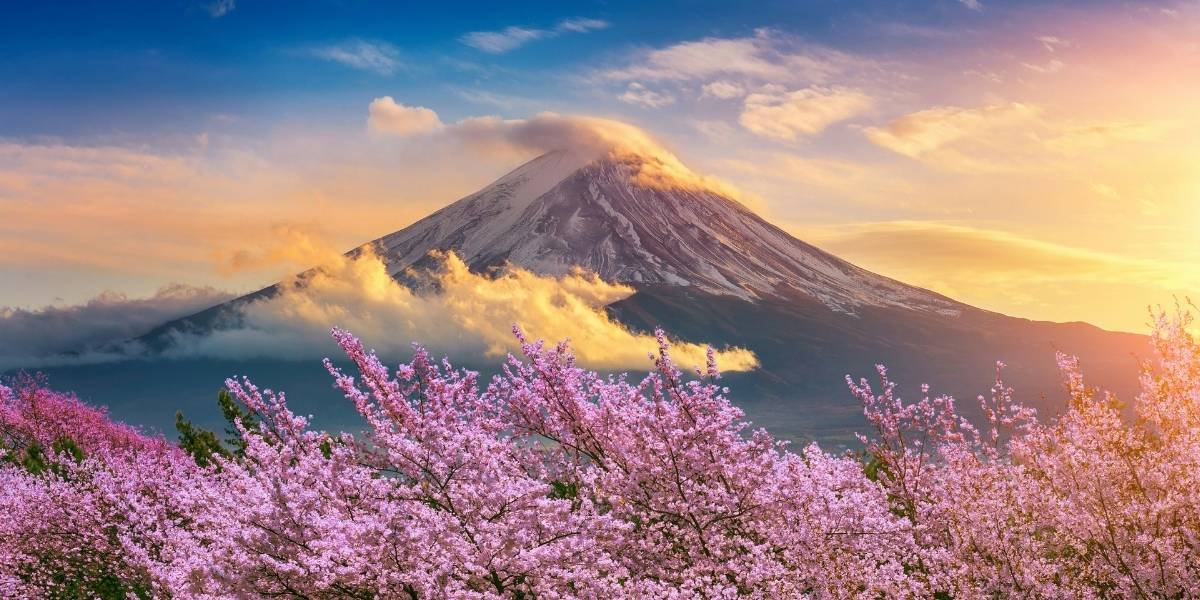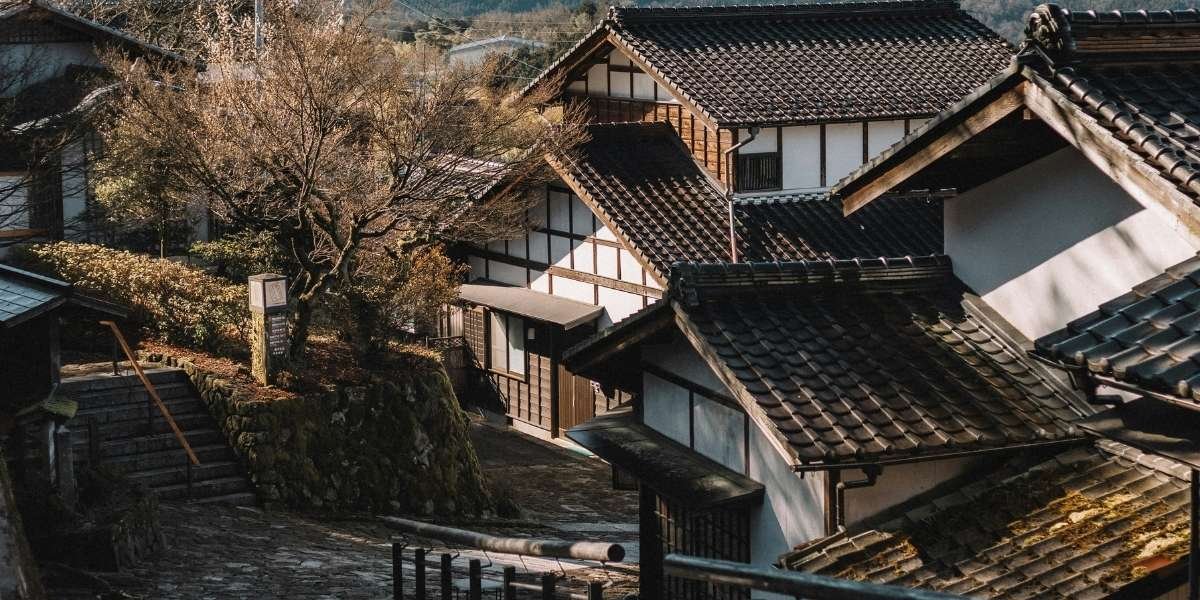Japan’s Unique Geography: From Volcanic Islands to Seismic Zones
The islands of Japan are a place of striking natural beauty, a landscape shaped by a dramatic and powerful geological history. From its soaring, conical volcanoes to its rugged coastlines, the physical features of the country tell a story of constant change. This is because Japan’s geography places it on one of the most geologically active spots on Earth, the “Pacific Ring of Fire.” The constant movement and collision of several massive tectonic plates beneath the archipelago have created a land of extremes, where both natural beauty and significant hazards exist side by side. Understanding this dynamic environment is key to understanding the country itself, as its physical foundations have profoundly influenced everything from its architecture to its cultural values.
Read Also: Exploring Iceland’s Natural Wonders and Rich Culture
The geological forces that shaped Japan have been at work for millions of years. The islands formed as a series of volcanic arcs, a direct result of oceanic plates being forced beneath continental plates. This process, known as subduction, created deep oceanic trenches and, at the same time, pushed up the volcanic mountains that form the backbone of the archipelago. This ongoing activity is why the country is home to a staggering number of volcanoes and why it experiences frequent seismic events. The very ground on which cities are built is a living, breathing landscape, constantly in motion. This reality of living on a shifting planet has fostered a deep sense of respect for nature’s power.
Why Is Japan So Prone to Earthquakes and Volcanic Activity?
The reason for Japan’s intense seismic and volcanic activity can be traced to a single geological factor: its location at the junction of four major tectonic plates. The Pacific Plate, the Philippine Sea Plate, the North American Plate, and the Eurasian Plate all converge beneath the Japanese islands. These enormous slabs of the Earth’s crust are constantly moving, rubbing against each other, and one diving beneath another in a process of subduction. The friction and pressure that build up along these fault lines are immense, and when that stress is released, it causes the ground to shake. This is why Japan is defined by a constant state of seismic unrest.

Photo Credit: Unsplash.com
This same geological phenomenon is also responsible for the country’s volcanic landscape. When an oceanic plate subducts beneath a continental plate, it melts as it descends into the hot mantle. The molten rock, or magma, rises to the surface, forming volcanic mountains. These volcanoes are not just dormant landmarks; many of them are active and can pose a threat to surrounding communities. The country is home to a significant percentage of the world’s active volcanoes, a direct result of its position on the Pacific Ring of Fire. This dual presence of seismic and volcanic hazards is a defining feature of Japan’s unique geography.
How Do These Natural Forces Affect Daily Life in Japan?
Living on such a geologically active land has a profound effect on the daily lives of people. Earthquakes are a regular occurrence, with thousands of tremors felt across the country each year. While most of these are minor and go unnoticed, the risk of a powerful, destructive earthquake is ever-present. This reality has led to the development of some of the most advanced building codes and disaster preparedness systems in the world. New buildings are engineered to withstand powerful shaking, and even older structures are often retrofitted to improve their resilience. The knowledge of how to respond to an earthquake, from what to do in a school to how to shut off gas lines, is taught from a young age. This collective mindset of preparedness is a cultural norm.

Photo Credit: Unsplash.com
Beyond the seismic activity, the volcanic features of Japan also influence daily life. While an eruption can be devastating, a volcano can also be a source of great beauty and economic benefit. The volcanic activity has created countless natural hot springs, known as onsen, which have become a major part of the tourism industry and a cherished cultural tradition for relaxation and well-being. The volcanic soil is also highly fertile, making it excellent for agriculture in certain regions. The land itself, shaped by fire and pressure, provides both challenges and rewards for the people who call it home.
How Has Japan’s Geography Influenced Its Cities and Culture?
Japan’s unique geography has played a key role in shaping where its population lives and how its cities are designed. The country is a long, narrow archipelago, and about 70 percent of its land is mountainous. This leaves only a small percentage of flat, habitable land, primarily along the coastlines. As a result, the population is highly concentrated in these narrow plains, leading to some of the world’s most densely populated urban centers. The sheer lack of available space has led to a vertical style of architecture and an incredibly efficient use of land. The physical limitations of the land have forced ingenuity in urban planning and design.
Read Also: Exploring Different Cultures Around the Globe
The relationship with the land also extends into cultural practices and beliefs. Shintoism, the traditional religion, has a deep reverence for nature and its spiritual power. Mountains, volcanoes, and other natural landmarks are often considered sacred, reflecting a cultural understanding of a land that is both a provider and a powerful, sometimes dangerous, force. This spiritual connection to the land is a direct reflection of living in a place where natural phenomena are a constant reminder of the Earth’s living power. This deep respect is a defining aspect of the country’s character.













